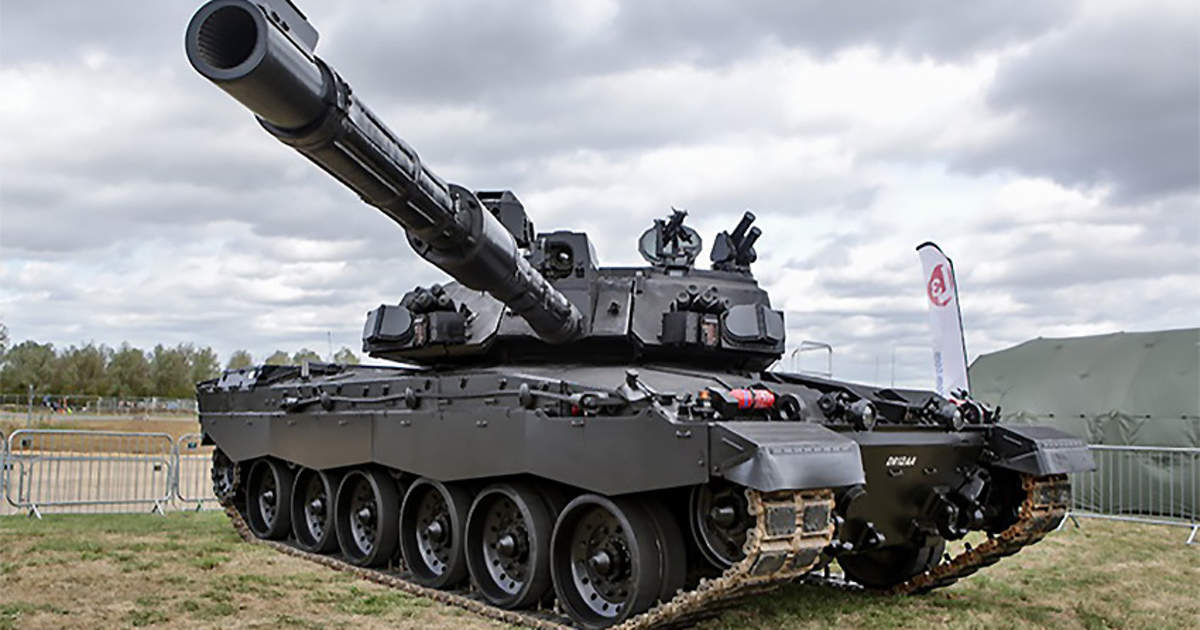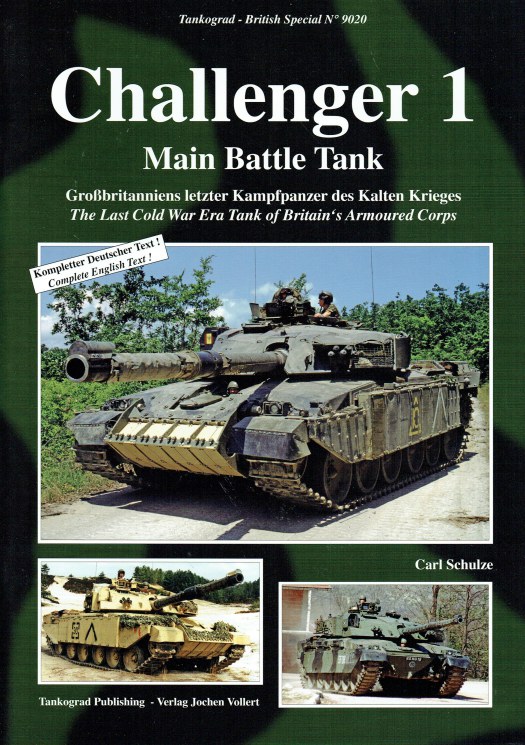

Illustrated with 92 colour photographs and 36 b&w photographs

For this purpose it almost exclusively uses hitherto unpublished photographs taken on various exercises.

This publication describes meticulously and in great detail the various variants (Marks) of the Chieftain as well as the tank's development and technology. In total, the British Army eventually received 941 FV4201 Chieftain MBTs. The Chieftain was designed to dominate the battlefields of Western Europe if the Cold War ever turned hot, plus it was engineered to be superior to Soviet tank designs. When it entered service in the 1960s it replaced the medium and heavy gun tanks in service with the British Army at that time, namely the FV4007 Centurion and FV214 Conqueror. The FV4201 Chieftain was the first purposely designed main battle tank (MBT) of the British Army, and the main weapon system of the Royal Armoured Corps for most of the Cold War era.


 0 kommentar(er)
0 kommentar(er)
